Advantages of High-Frequency Hardening Machines in Tool Quenching
Rapid Heating and Quenching
High-frequency hardening machines can complete the quenching of tools in a very short time, usually within 3 seconds. This rapid heating and quenching process greatly improves production efficiency, reduces oxidation and decarburization of tools during the heating process, thereby ensuring the quality of tools.
Precise Control of Quenching Process
High-frequency hardening machines can precisely control parameters such as heating temperature, time, and cooling speed, thus achieving precise control over the tool quenching process. This is particularly important for tools of different materials, sizes, and shapes, allowing for customized quenching treatments according to the specific requirements of the tools.
Energy-Saving and Environmentally Friendly
Compared to traditional quenching methods such as flame quenching and resistance quenching, high-frequency hardening machines have higher energy efficiency. The high-frequency current only generates eddy currents on the surface of the tool, resulting in high heating efficiency and low energy consumption. Moreover, high-frequency hardening machines do not produce open flames or smoke during the quenching process, making them environmentally friendly.
Application Prospects and Development Trends of High-Frequency Hardening Machines
Application Prospects
With the continuous development of the manufacturing industry, the quality and performance requirements for tools are also increasing. As an efficient and precise quenching device, high-frequency induction hardening machines have broad application prospects in the field of tool quenching.
Especially in the quenching of high-performance tools such as high-speed steel tools, carbide tools, and ceramic tools, high-frequency hardening machines can play an important role. By precisely controlling the quenching process, tool hardness, wear resistance, and service life can be improved, meeting the high demands of modern manufacturing for tools.
Development Trends
In the future, the development trends of high-frequency hardening machines in the field of tool quenching will mainly be reflected in the following aspects:
Intelligentization
With the continuous development of artificial intelligence and automation technologies, high-frequency hardening machines will become increasingly intelligent. These induction heating products can monitor parameters such as temperature, hardness, and structure of the tools in real-time through sensors and automatically adjust quenching process parameters based on these parameters, achieving an automated quenching process.
Multifunctionality
High-frequency hardening machines will not only be limited to the quenching treatment of tools but can also be used for the heat treatment of other metal parts such as gears and shafts. At the same time, they can integrate with other machining equipment to achieve integrated machining and heat treatment processes.
Energy-Saving and Environmentally Friendly
With the increasing awareness of environmental protection, high-frequency hardening machines will pay more attention to energy saving and environmental protection. By adopting more efficient induction heating technologies and cooling systems, energy consumption and environmental pollution can be reduced.

 en
en  cn
cn  jp
jp  ko
ko  de
de  es
es  it
it  ru
ru  pt
pt  th
th  vi
vi  pl
pl 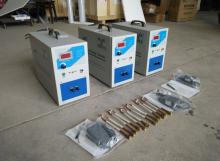
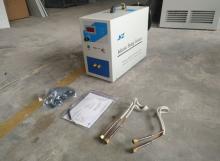
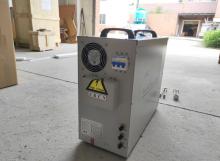
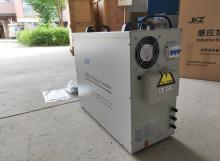
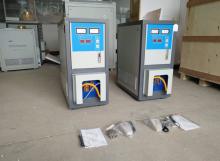
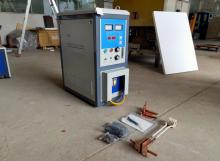
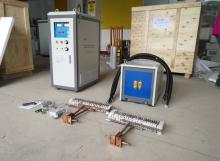
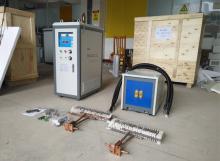
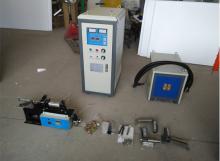
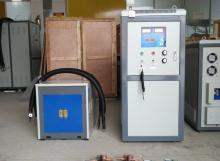
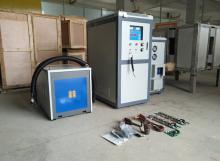
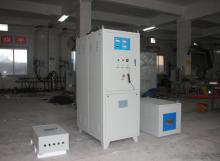
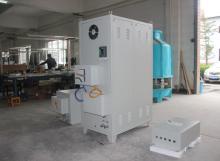
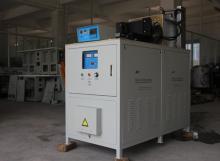
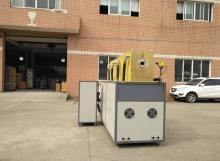
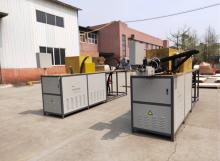
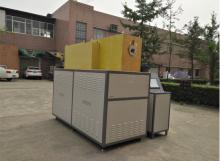
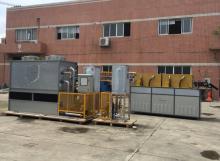
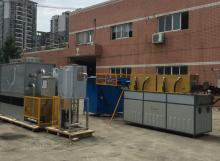
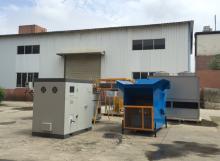
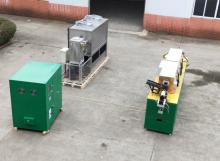
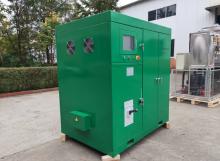
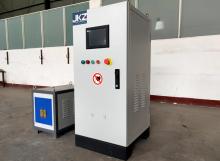
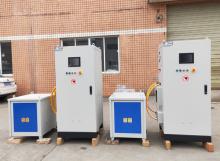
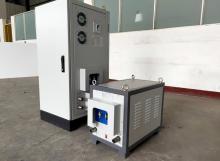
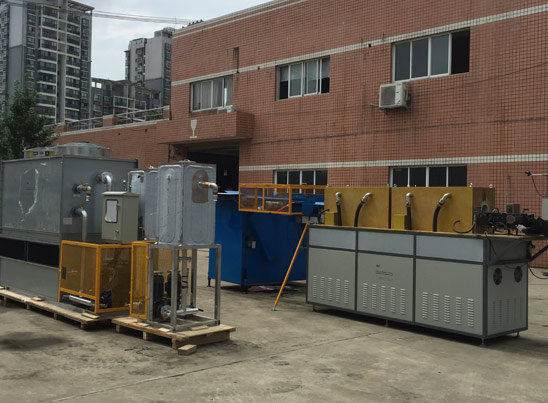
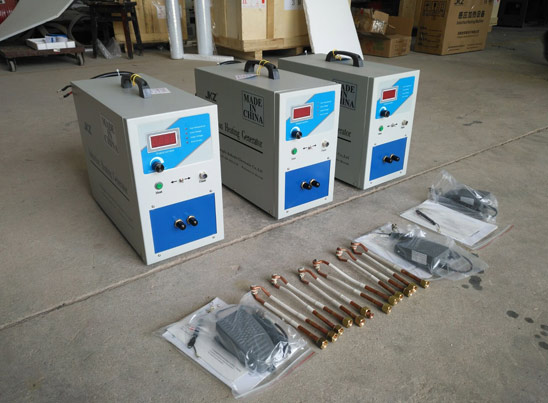
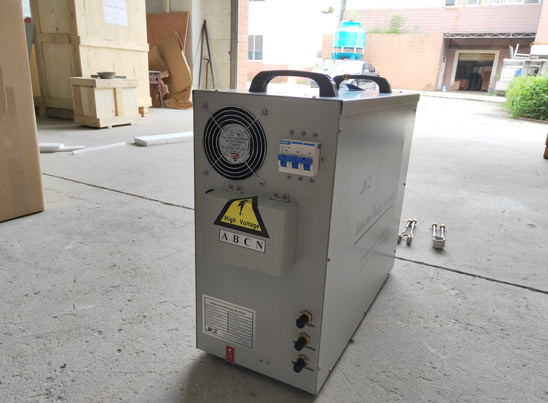



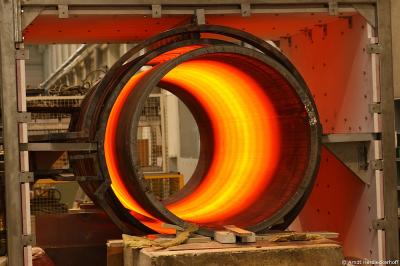


 Call us on:
Call us on:  Email Us:
Email Us:  NO. 688th South Baoguang Road, Xindu District, Chengdu City, Sichuan Province, China
NO. 688th South Baoguang Road, Xindu District, Chengdu City, Sichuan Province, China